Research
Contents
Solar system formation
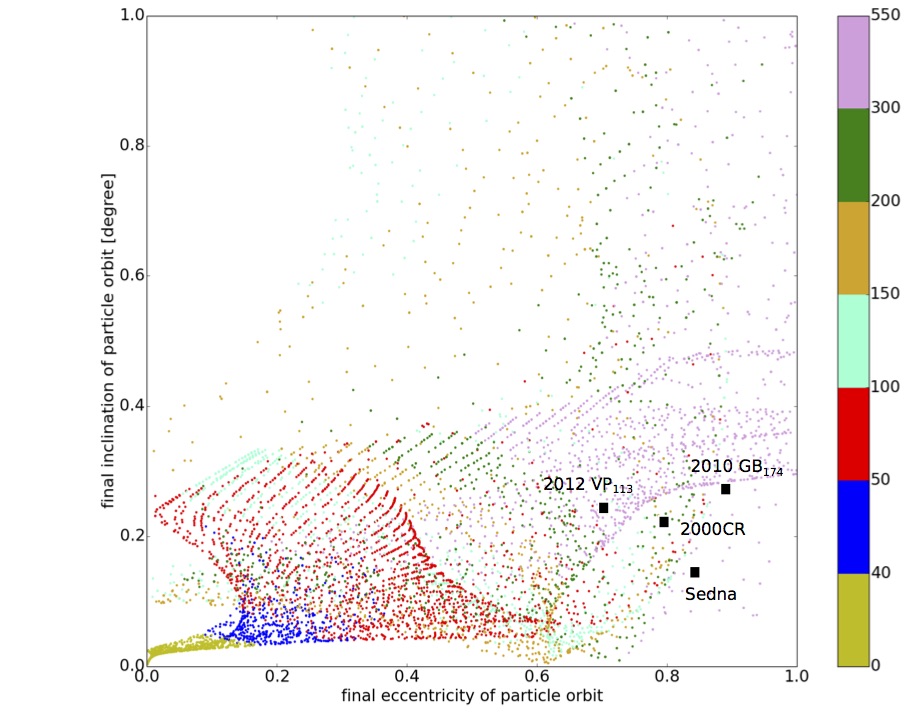
There are a number of indications that the Solar system formed in a massive cluster. The cut-off radius of the planetary system at 30 AU and the high eccentricity of the trans neptunian objects indicate that the solar system likely had an encounter with another star during its formation phase. We investigate how these solar system properties constrain the actual fly-by parameters and the properties of its birth cluster. more...
Young massive clusters
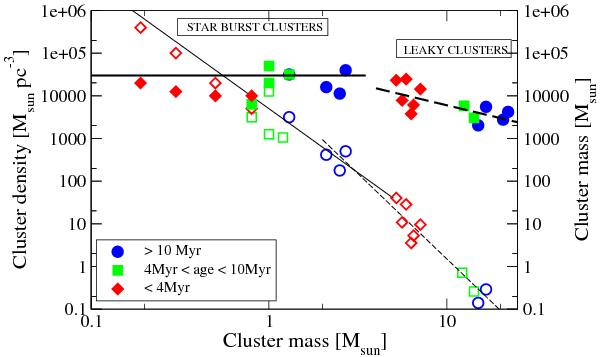
Most stars do not form in isolation but as part of a cluster comprising anywhere between a few dozen to several million stars with stellar densities ranging from 0.01 to several 100 M⊙ pc-3. The majority of these clusters dissolve within 20 Myr. The general assumption is that clusters are born more or less over this entire density range. Our research shows that clustered star formation works under surprisingly tight constraints with respect to cluster size and density. The observed multitude of cluster densities simply results from snapshots of two sequences evolving in time along pre-defined tracks in the density-radius plane. This implies that the cluster size can actually be used to determine its age. more...
Embedded clusters
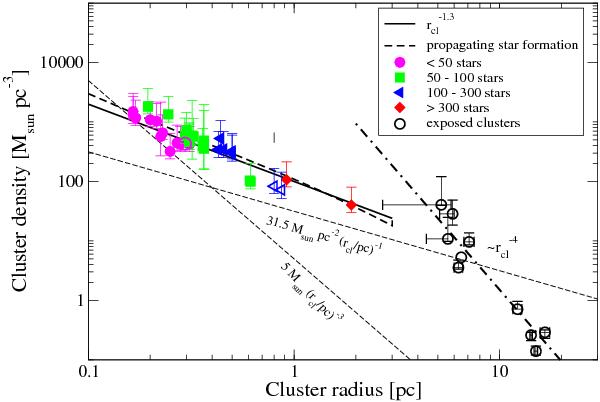
Looking at observed embedded clusters, one finds a density-radius relation of the form ρ ≈ 100 ∗ r-1.3 M⊙ pc-3. This relation between mass and cluster radius can possibly be interpretated as developmental history. more...
Disc and planet formation in clusters
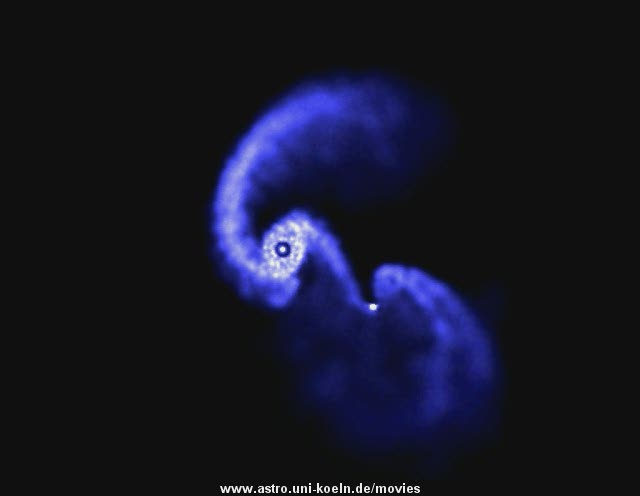
Young stars are initially surrounded by discs consisting of dust and gas. It is those discs that planetary systems can develop from if the conditions are favourable. The star-disc systems can interact with each other resulting in changes of the disc. Investigating how the cluster environment changes the disc properties is one of the central themes of our work. So far we investigated the disc mass loss, the angular momentum loss, the induced accretion and the change in disc size.
Binary properties in young dense clusters
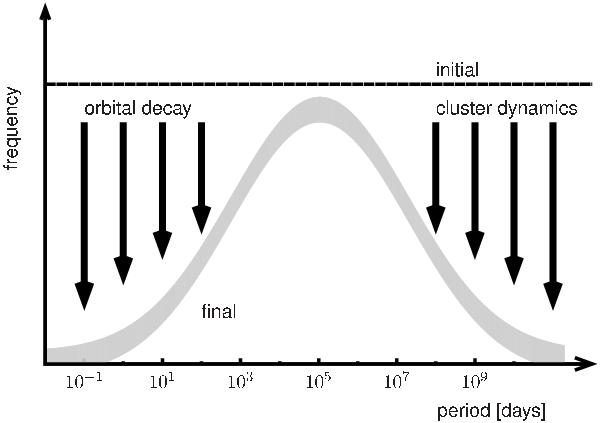
Young dense clusters - like for example the Orion Nebula Cluster - can have very high densities so that their members may interact strongly. These interactions can for example lead to the destruction of binaries but as well capture processes. This dynamical destruction process concerns pre-dominantly wide binaries, however, the properties of close binaries are as well significantly changed by the cluster environment. Here it is the interaction of just formed binaries with the surrounding gas that leads to a decrease in the orbit and in extreme cases even to mergers.
Methods and code development
The common denominator are N-body methods. We develop highly efficient hierarchical treecodes. In addition we apply and develop diagnostics for SPH simulations, and codes with higher order intergrators to study the dynamics of these objects.
If you have any questions, send email to spfalzner@mpifr-bonn.mpg.de

